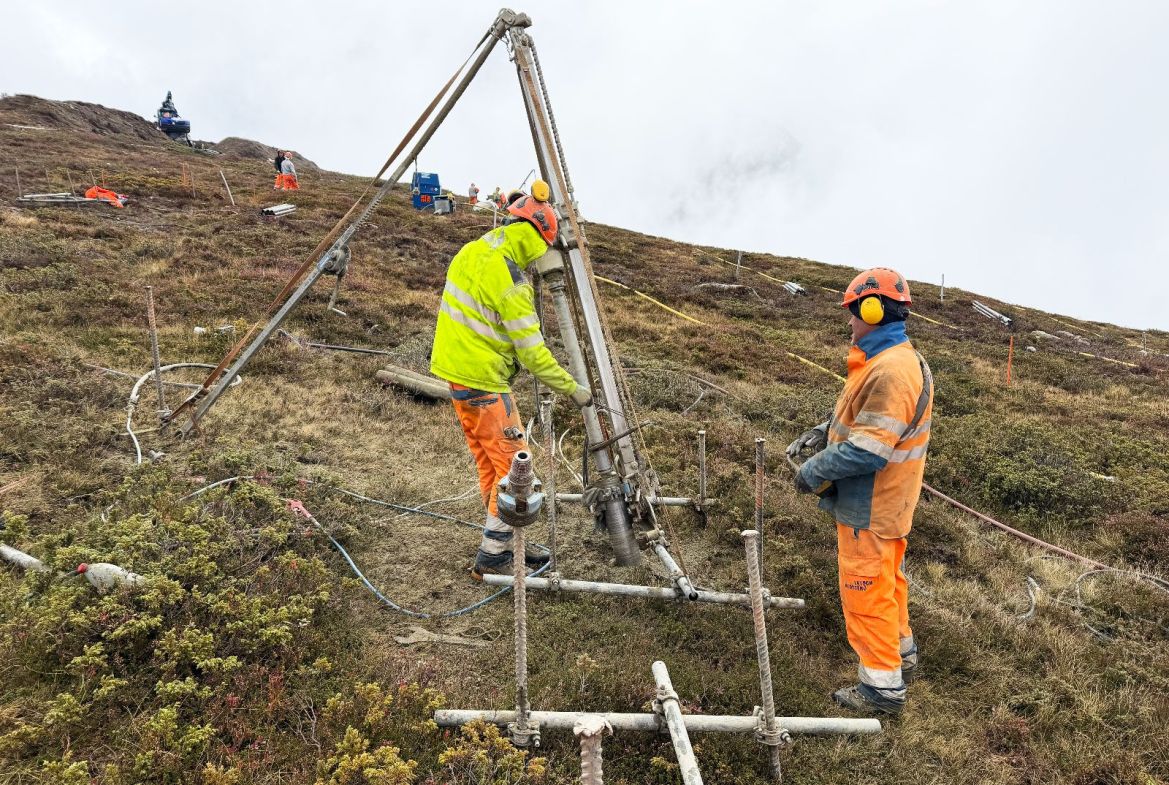Agility and efficiency for Madrisa Solar
Madrisa Solar in Klosters is located at an altitude of approximately 2,000 meters above sea level and will be part of the regional energy supply. It began feeding electricity into the grid in September 2025. This represents pleasing progress since the groundbreaking ceremony in June 2025. The construction company Vetsch Klosters is using three Mounty® BL90 drill feeds for the construction of the Madrisa Solar project.



